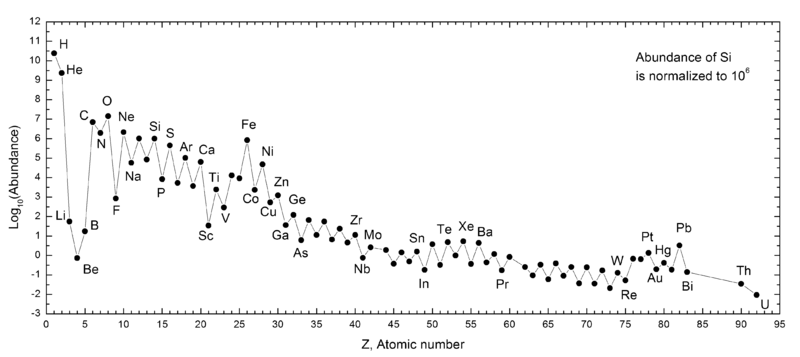Amory Lovins offers his recipe for Reinventing Fire
Our energy system is inefficient, disconnected, aging, dirty and insecure. In this TED talk, Lovins argues that we can become frugal with our energy, eliminating our addiction to oil and coal by 2050, in addition to using 1/3 less natural gas. This talk is based on ideas presented by his book, Reinventing Fire, and his website. This could cost $5 trillion less than business as usual, assuming external costs of business as usual is zero (which he wryly terms a "conservative" estimate). His approach requires no new inventions, no act of Congress and no subsidies, and it will increase the U.S. economy to 158% of the present. Our addiction to oil costs us $2B per day in direct costs and $4B in indirect costs, such as the U.S. military. This amounts to 1/6 of GDP. Lovins opened his talk by noting that 80% of the energy we use every year comes from burning four cubic miles of primordial swamp goo. How can we reduce the use of oil? Make cars "oil free." Cars use 3/5 of this amount. 2/3 of the energy caused to move a car is attributed to its weight, but over the past 25 years, our cars have become "obese." We have the ability to make lighter and "more slippery" autos, which makes electricity an excellent way to move cars. Lovins asserts that we have the technologies to make the cars much lighter. America could lead this revolution, though Germany is currently in the lead. If this technology were prevalent, it would be the equivalent of finding 1 1/2 Saudi Arabias worth of oil. He proposes that we save electricity and make it differently. Most electricity now is wasted. Buildings now use 3/4 of our electricity. That offers a tremendous opportunity for savings through "integrative design." (min 14). One way of doing this is via "2010 retrofit." Industry still has $1/2 trillion of saving to reap. Pumps can be made much more efficient by using larger straighter pipes instead of narrower winding pipes. (Min 16). Needing less electricity means we can make it more easily. China is leading the way currently. Solar panels are an excellent way to make the shift. Wind and solar constitute half of the new capacity of electricity. (19). How can we replace coal-fired electricity? Natural gas is one option. A grid using wind and solar can be a substantial part of the grid, much like it is in Europe. (21) The U.S. grid is old, over-centralized and vulnerable, and it will need to be replaced by 2050. In 34 states, utilities are rewarded for selling us more electricity. Where they are rewarded for cutting our bills, investments are shifting to renewables. (22). Lovins' approach to "reinventing fire" asserts that our energy future is a matter of choice, not fate. He recognizes that these facts and numbers seem incredible, but they are true. A bonus would be an 86% reduction in greenhouse gases, in addition to a much more secure energy supply. He describes his approach as a "once-in-a-civilization business opportunity."

